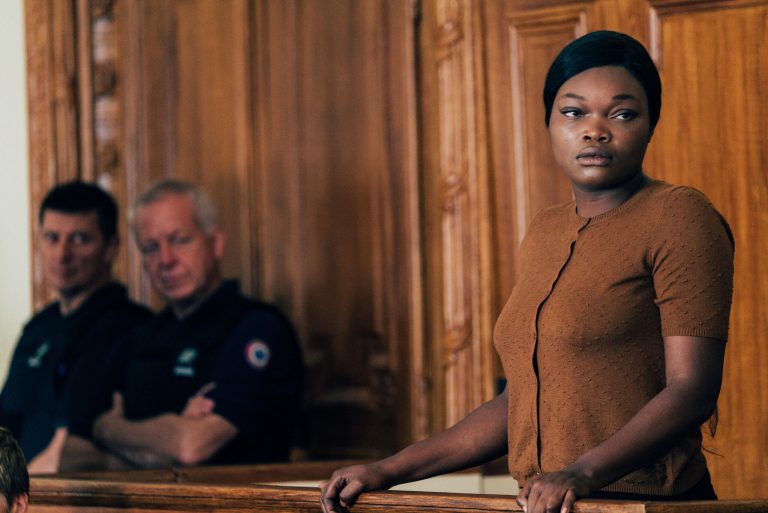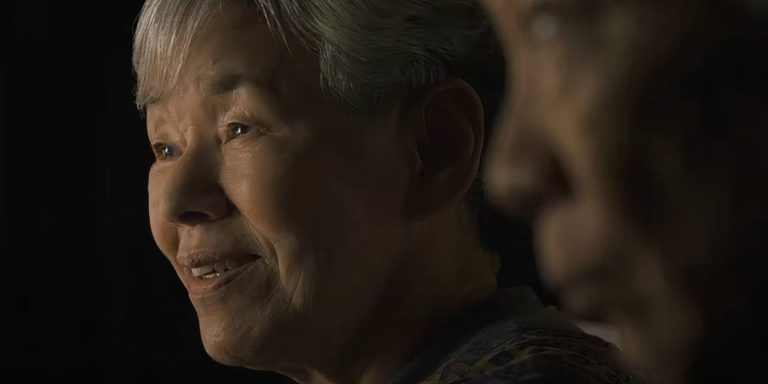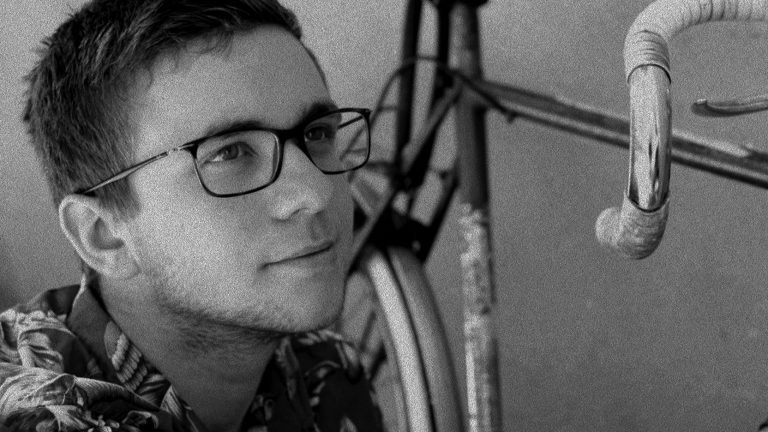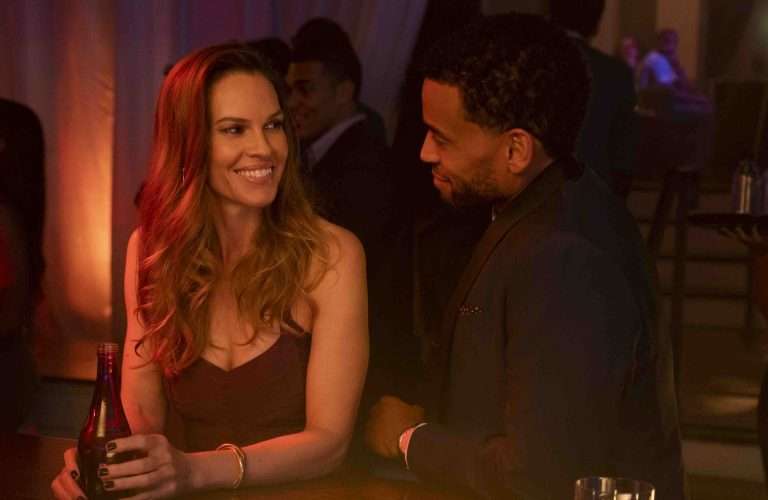The stance of most admirers (not die-hard fans, mind you) toward the third “Mission: Impossible” film feels oddly liminal. It’s as if the film merely exists—just another cog in the relentless engine of Ethan Hunt’s spy saga. And honestly, it’s not hard to see why. The film operates within the familiar mechanics of the first two entries. Neither the espionage nor the seduction has the same bite or spectacle, and the teamwork often feels more like a patch job holding together the storm of narrative twists. It also carries a deeply un-American, mainstream-spectacle sin: the plot is, unmistakably, driven by love. Which, let’s be real, is not what a Tom Cruise big-screen banger is usually sold on—especially not when we’re in the mood for chaos.
Yet, for a feature-length directorial debut, this film is everything a cautious first-timer could ask for. J.J. Abrams doesn’t go fully rogue with his vision, but what he delivers is deliberate, tight, and narratively rich. Backed by one of the highest budgets ever for a debut, the film benefits from razor-sharp writing by Alex Kurtzman, Roberto Orci, and Abrams himself. The script allows for a soft-touch engagement with geopolitics, lets the protagonist stew in moments of real emotional vulnerability, introduces the effortlessly charming Benji Dunn (who ends up a franchise regular), and somehow pulls off a love story that’s neither saccharine nor tonally off-key—a romance that breathes without stalling the film’s forward thrust.
As someone personally mapping out these films, threading them into explainers that untangle both plot and subtext, “Mission: Impossible III” stands out for how loudly it demands to be decoded. And I don’t mean that pejoratively. There’s something brazenly enjoyable in how it engages with systemic rot and the near-doomed sincerity of a sex-fuelled marriage, threatened by none other than the big, bad, and luminously menacing Philip Seymour Hoffman, the franchise’s first truly grounded human antagonist. If this film is a filler, then it’s the kind I’ll take gladly, again and again.
Mission: Impossible 3 (2006) Movie Plot Summary and Synopsis:
Before the opening title, we begin in media res. Ethan Hunt is tied to a chair across from a woman in the same condition—her mouth taped shut. A man named Owen Davian looms over them. He tells Ethan there’s an explosive charge in his head and begins counting to ten, demanding the whereabouts of something called the Rabbit’s Foot. Ethan first lies, claiming he’s already handed it over, but Davian calls his bluff and keeps counting. Under pressure, Ethan switches to saying it’s in Paris—also dismissed. As the countdown ends, Davian seemingly shoots the woman, Julia, whom Ethan is desperately trying to protect.
What is Ethan doing now?
After the titles, we cut to a suburban house party. Ethan is now seemingly retired, celebrating his engagement to Julia Meade, a nurse. Unbeknownst to her, he’s left fieldwork but continues working for the IMF as a trainer for new recruits. To friends and Julia’s family, he sticks to the cover of a travel consultant. That evening, John Musgrave, the IMF’s Director of Operations, approaches him at a supermarket with a covert assignment: one of Ethan’s protégés, Lindsey Farris, has gone missing while investigating Owen Davian—an international arms and narcotics trafficker. Musgrave passes him a camera containing the mission briefing. A team has already been assembled for him: Declan Gormley, Zhen Lei, and his old partner, Luther Stickell.
What happens to Lindsey?
The mission takes them to Berlin, where Lindsey was last seen. After evading an explosive trap in a junkyard, the team rescues her and retrieves two laptops. They’re pursued by Davian’s men, leading to a fast-paced helicopter chase. As they flee, Ethan discovers a micro-explosive implanted in Lindsey’s head. He attempts to neutralize it with a defibrillator, but it detonates before he can save her. Back at IMF HQ, Ethan and Musgrave face heavy scrutiny from Director Theodore Brassel. The pellet is recovered, but the Tech Team finds the laptops inaccessible.
How does Ethan learn about the “Rabbit’s Foot”?
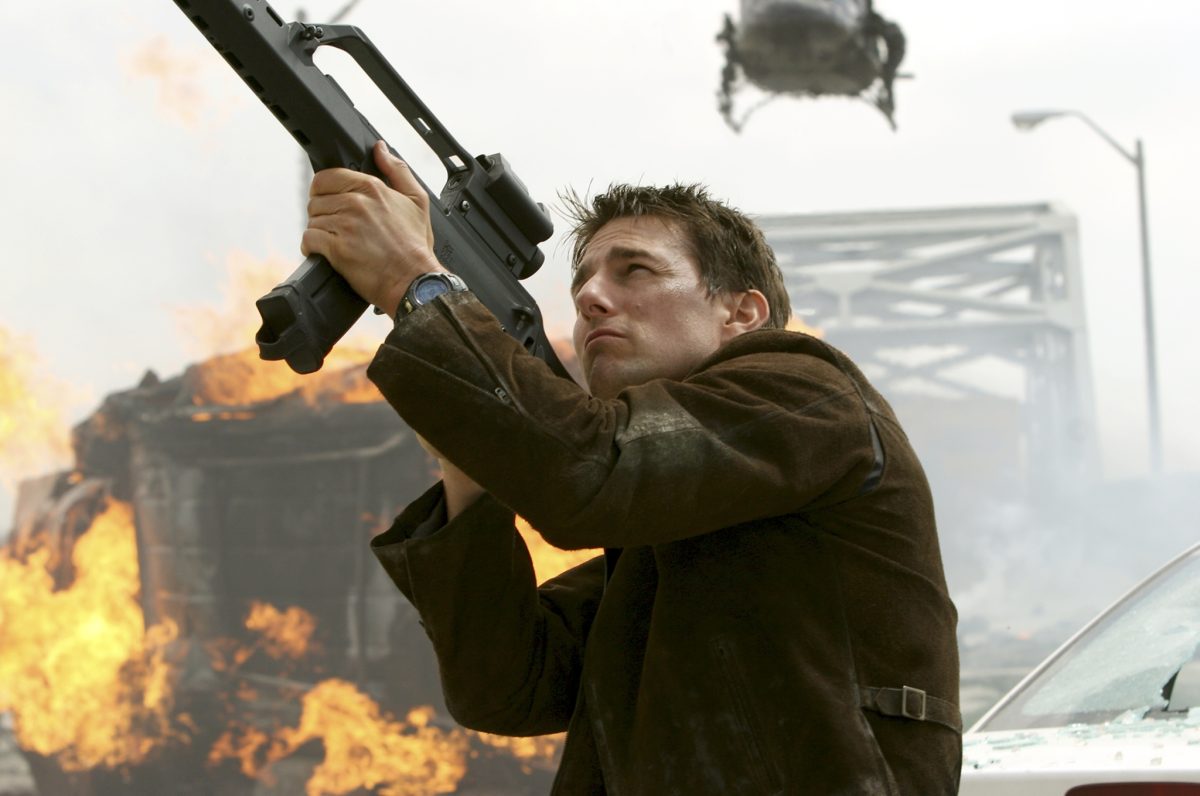
At Lindsey’s funeral, Ethan discovers she had mailed him a postcard before her capture. Hidden beneath the stamp is a magnetic microdot. Technician Benji Dunn manages to extract just enough data to reveal that Davian will be in Vatican City to acquire and sell a mysterious item codenamed the “Rabbit’s Foot.” Its true nature remains unknown. To keep the operation discreet, the team decides to proceed without informing Musgrave due to its sensitive nature. Ethan visits Julia at work to inform her about a two-day trip. She quietly demands some assurance that their relationship is real. At that moment, they spontaneously marry and spend the night in the hospital premises.
What happens after Davian’s capture?
The mission moves to Vatican City. The team infiltrates the compound, and using a fabricated mask, Ethan impersonates Davian, drugs him, and successfully extracts him. Aboard the return flight, Davian resists interrogation, calmly threatening to kill everyone Ethan cares about. Ethan, enraged, nearly throws him from the plane but is stopped by Luther, who reminds him they still need Davian alive.
Mission: Impossible 3 (2006) Movie Ending Explained:
What does Lindsey’s microdot reveal?
After landing, Ethan learns from Lindsey’s microdot that she had suspicions not just about Davian, but also Director Brassel. The moment her video ends, the convoy transporting Davian across the Chesapeake Bay Bridge is ambushed by mercenaries who extract him. Simultaneously, Julia is abducted from her hospital by someone posing as a police officer. Realizing she’s been taken, Ethan races there, only to find she’s gone. Davian calls and gives him 48 hours to deliver the Rabbit’s Foot in exchange for her life.
Before Ethan can act, IMF agents arrest him for the failed extraction. During his interrogation, Brassel tries to frame him as a rogue. But Musgrave, present in the room, subtly mouths that the Rabbit’s Foot is in Shanghai—and helps Ethan escape, using a voice modulator replicating Brassel’s voice. Ethan travels to Shanghai, where Musgrave has already deployed his team under false pretenses. With their help, Ethan pulls off a dangerous, high-stakes heist to retrieve the Rabbit’s Foot.
Who is the real traitor?
En route to deliver the item, Ethan is sedated. When he wakes up, we’re back where the prologue left off: Davian has implanted a micro-explosive in his head and is holding Julia at gunpoint. Ethan insists he brought the real Rabbit’s Foot, but Davian shoots the gagged woman and walks away. Musgrave then arrives, revealing himself as the real traitor within the IMF. Julia is, in fact, still alive—the woman who was killed was Davian’s translator, executed after confirming the Rabbit’s Foot’s authenticity. Musgrave had been working with Davian to procure the object so the U.S. would have justification to launch preemptive attacks in the Middle East under the guise of spreading democracy.
Ethan fights back, knocks Musgrave out, and uses his phone to track Julia’s location with Benji’s help. He finds her, but Davian intercepts them and activates the explosive in Ethan’s head. In the ensuing fight, Ethan kills Davian with his bare hands. He then jerry-rigs a makeshift defibrillator and instructs Julia on how to revive him after the charge stops his heart.
He also teaches her how to fire a gun. Julia successfully kills the remaining henchman, and then Musgrave, who arrives carrying the Rabbit’s Foot. She performs CPR and revives Ethan. In the aftermath, Ethan tells Julia the truth about his work with the IMF. Back in the U.S., Director Brassel and the agency commend him. Ethan walks off with Julia, finally free to go on their honeymoon.
Also Read: Top 10 Philip Seymour Hoffman Films
Mission: Impossible 3 (2006) Movie Themes Analysed:
Trust and Institutional Complicity
“Mission: Impossible III” opens not with a show of strength but a spectacle of helplessness. There’s no dramatic heist or explosive set-piece. Instead, Ethan Hunt is strapped to a chair, barely keeping it together as Owen Davian threatens to murder the woman beside him. On any other day, he’d know in a second that she isn’t Julia, but not today. The failure here isn’t just personal. It hints at something far more rotted beneath the surface: an institutional breach hiding in plain sight.
The IMF, once portrayed as a sleek intelligence operation, now feels worryingly porous. The betrayal by John Musgrave isn’t just a personal lapse; it’s systemic decay manifesting in a man who learned to weaponize protocol and ideology from within. That someone this high up can orchestrate a covert war-for-profit operation under the noses of his peers isn’t about personal corruption alone—it’s about how easily institutions let monsters blend in, so long as they speak the right language of efficiency and mission success. You find yourself wondering: what exactly drove Musgrave to this extremity, and more importantly, how was it missed?
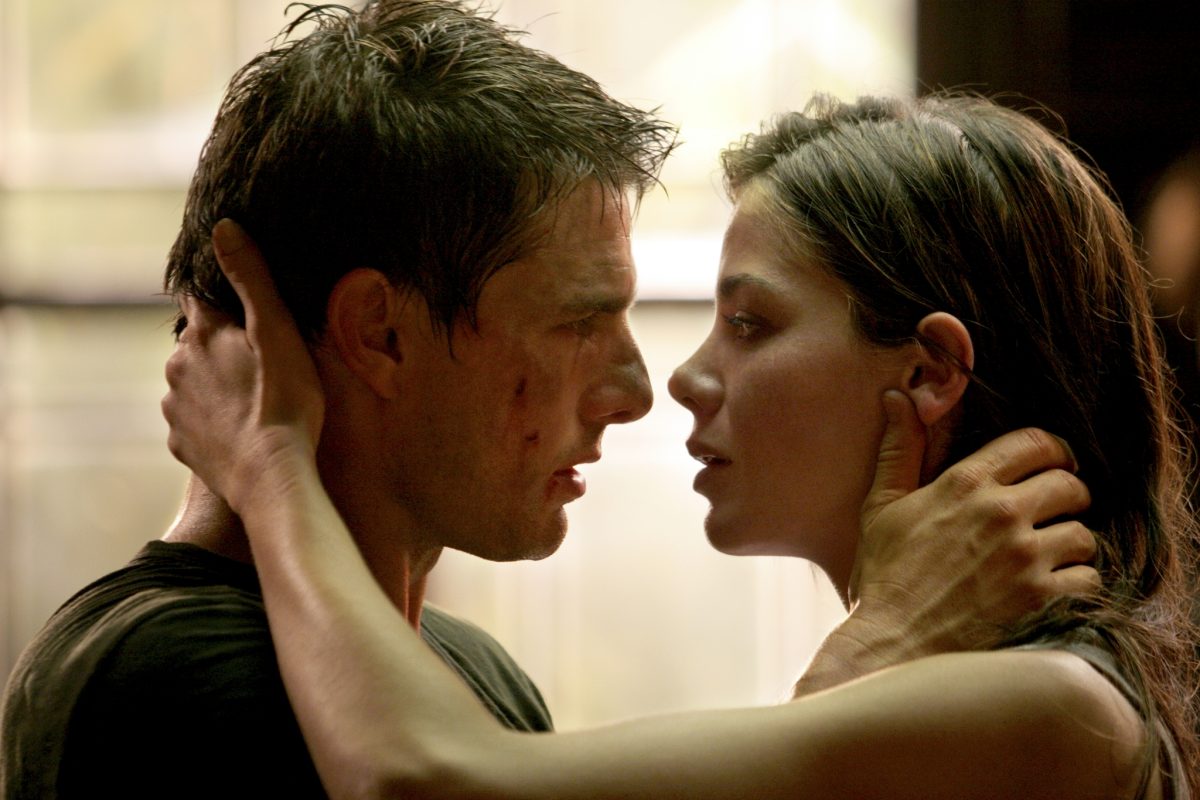
One of the film’s strongest undercurrents surfaces in a deceptively quiet moment—Luther Stickell and Ethan talk about whether people like them can ever have “real” relationships. On the surface, it’s classic genre banter. But what lingers is Ethan’s silence. For once, he’s not countering the cynicism. He’s absorbing it. Sure, the movie ends with a restoration of order—the franchise demands it. But that scene stays, because it punctures the illusion of camaraderie in the machinery of espionage. What does it mean to serve an institution that, at any moment, might erase your loyalty as error?
It’s easy to read Ethan’s arc as a rebellion of the lone wolf. But that would flatten the more discomforting truth: that clarity of conscience is irrelevant when the system itself is indifferent to it. Even Lindsey’s death—tragic and abrupt—becomes more than a personal blow. It reads like a cautionary fable about the cost of trusting an authority that no longer remembers what it’s meant to protect.
Specter of 9/11
The Rabbit’s Foot is never explained—and that’s the point. It is less an object and more a placeholder for everything unspeakable that haunts post-9/11 geopolitics: bioweapons, dirty bombs, sleeper tech, any apocalyptic device you can imagine but never need to specify. What matters is that it exists, that someone might have it, and that the state is willing to burn the world down to ensure it doesn’t fall into the wrong hands. That’s the paranoia Davian deals in—not ideology, not vengeance. Just commodity-level terror.
Philip Seymour Hoffman’s villain is unsettling because he’s so dull. No theatrical flair, no elaborate backstory. He doesn’t even seem particularly invested in the Rabbit’s Foot itself. His threat comes from how procedural he is. He represents a market-driven villainy, the kind that thrives when state power needs plausible deniability and a clean pair of hands. He’s not the face of chaos; he’s the contractor for it. And in a post-9/11 world, that’s far more terrifying.
Musgrave, on the other hand, brings the worldview that calculated chaos, staged at the right scale, is useful. His plan—to orchestrate a controlled disaster and use it to justify military intervention in the Middle East—is disturbingly close to the kind of justification used in real-world war rooms. His betrayal of the IMF isn’t a betrayal of America. In his eyes, it’s patriotism with teeth.
The film is too plot-driven to dwell on this subtext, but it’s there in the edges. You feel it in the way Shanghai is exoticized and anonymized, in how Julia is used as bait, in how easily Ethan is arrested by his own people. Power is shown as reactive and impatient. “Mission: Impossible 3” never unpacks the politics fully, but it doesn’t have to. The absence of explanation is the explanation.



